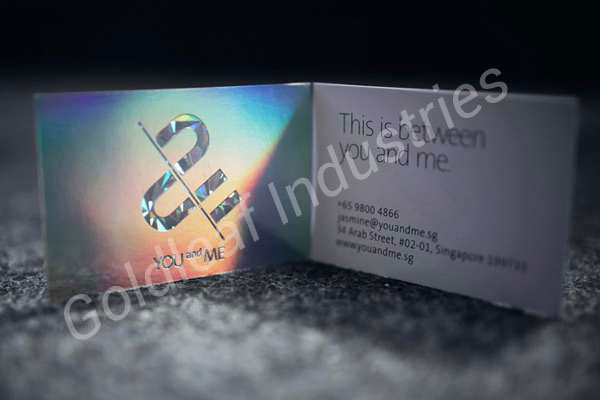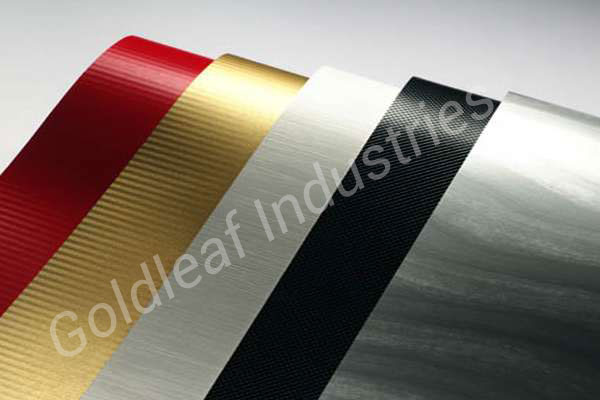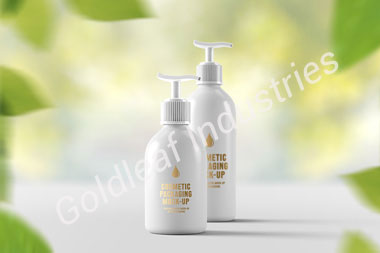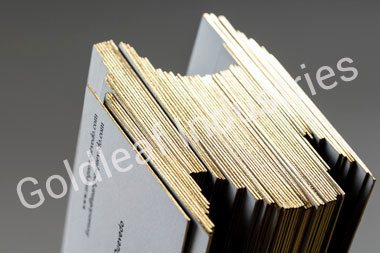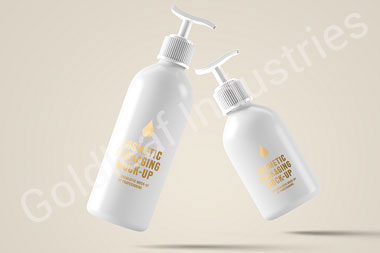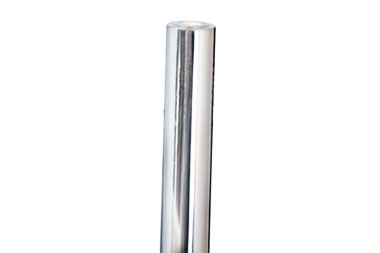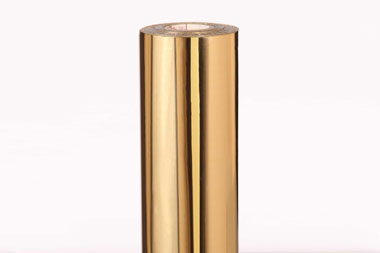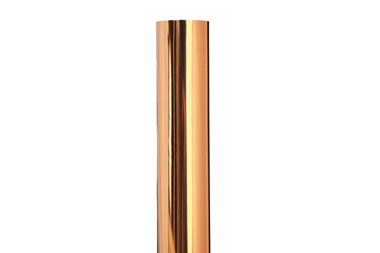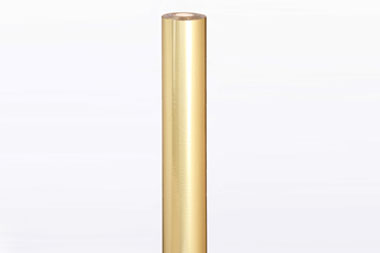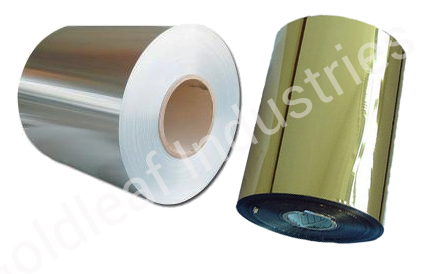
Cold foil transfer is a modern method of applying metallic particles to a substrate in order to add
metallic effects and value to the final product. Cold foil transfer is a common technology in the
offset printing industry
How it works
Using a standard offset plate, an image is printed onto a substrate by the use of a tacky adhesive.
Foil spools from an unwind and is nipped to a substrate. The aluminium particles from the cold foil
layer are released from the polyester film and transferred to the substrate by the tack of the glue.
An image with a bright surface is created on the sheet. Foil that does not adhere to the adhesive
remains on the 12um film, and waste is directed to a rewind spool or to a shredder.
Because the adhesive is applied like a conventional ink, no expensive stamping die has to be created.
Once printed, the surface of cold foil images may be overprinted and varnished.
A fast, flexible and cost-effective finishing technology:
- Enables full-surface sheet decoration at high speeds
- High-speed applications up to 18,000 sheets per hour Overprinting can be done inline and offline.
- Eliminates the need for engraved hot stamping dies.
- Allows use of standard offset printing plates, rollers, washing agents, rubber blankets for applying the adhesive.

- Using multiple parallel-running, narrow foil rolls, the foil consumption can be minimized and made more economical.
- Job changeovers, with or without foil, can be performed in just minutes.
- No need to apply opaque white - the foil is simply omitted in the relevant areas.
- Outstanding flatness of the output - optimal further processing
- Speed-to-market potential - very short production times
- Ideal for small print runs and frequent job changeovers
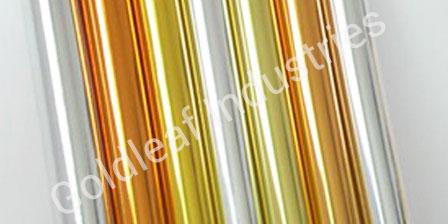
- Flexibility when creating designs High register accuracy
- Very fine elements, negative lettering, rasters and large areas
- Metallic half-tone effects Optimal foil-to-print register
- Good overprintability, inline and offline
- The substrate structure is retained, e.g. a linen effect texture
- No deformation of the substrate (elimination of temperature/pressure influences compared to hot stamping)
- No edge/image shadow marks on the rear of the print substrate - important, for example, for magazine covers .
- Applicable on suitably modified reel-to-reel label presses Ex. Gallus, Mark Andy, Nilpeter etc.
- Applicable on a wide range of non-absorbent surface papers and all types of label stock Ex. PP, PE etc. Label films: 3.0 - 6.0 g/m2 Non-absorbent surface papers: 3.5- 7.0g/m2
Operating speeds
- Wet process: 30 - 70 m/min. with higher than 180 watts/cm (450 watts/inch) UV lamp
- Over-printable with both conventional and most of UV inks
- Fine definition with consistent release
- Good halftone effects
- High gloss on board coverage.
- Special-purpose foil for cold foiling without die
- Special-purpose foil for cold foiling without die



